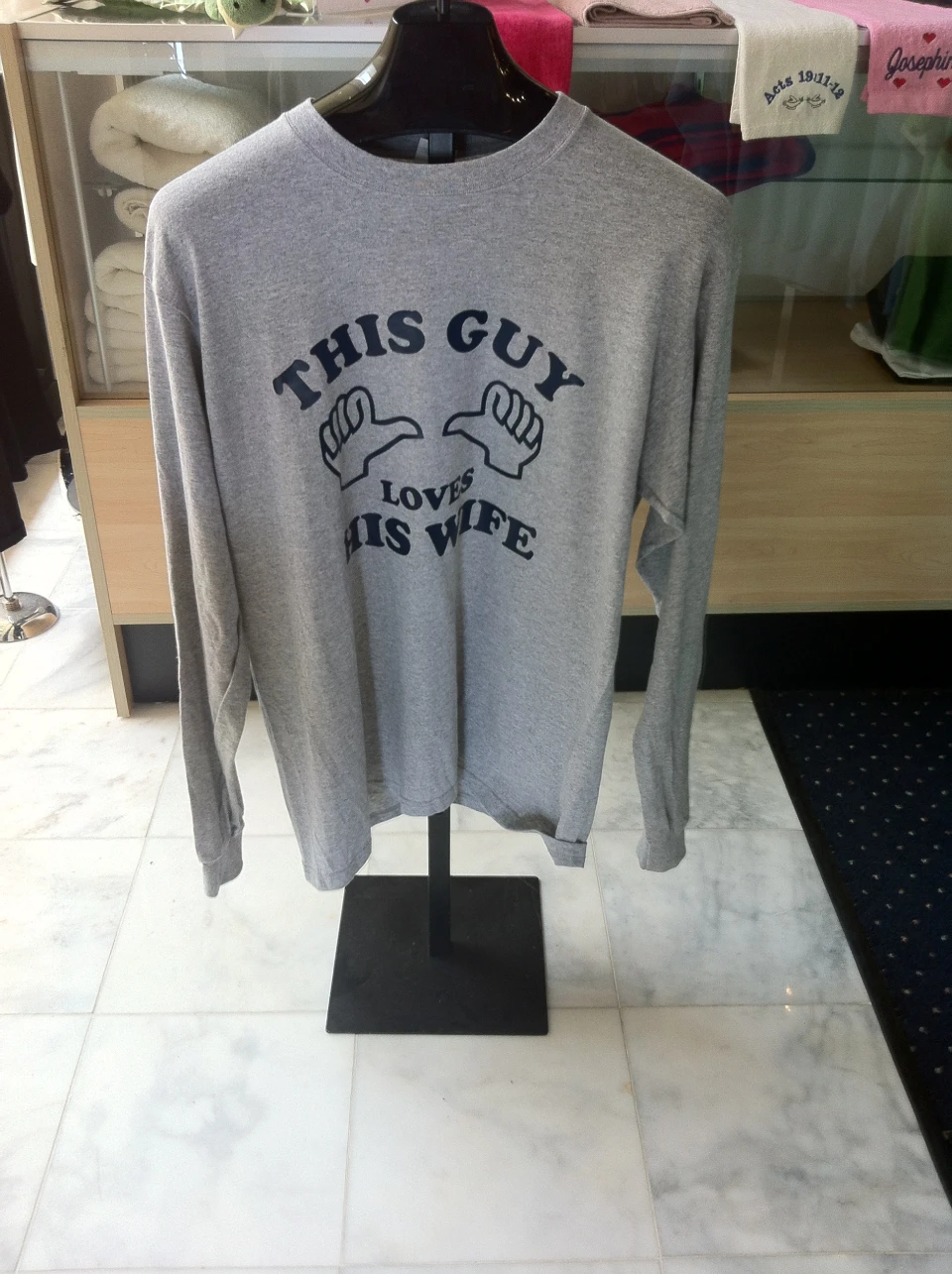The Art of Personalized Embroidery: Opening the Keys to Creating Special and Remarkable Layouts
Needlework, a craft steeped in custom and creativity, holds within its detailed stitches the power to change fabric right into a canvas of one-of-a-kind expression. The secrets to creating personalized needlework styles that mesmerize the eye and leave an enduring perception hinge on a fragile balance of strategy, creativity, and interest to detail. As we look into the world of personalized embroidery, we reveal the nuanced interplay in between string selection, sew intricacy, and layout personalization that elevates a plain garment to a masterpiece. Join us on a journey through the art of custom-made needlework as we decipher the enigmas behind crafting truly unforgettable and distinctive creations.
Picking the Right Needlework Threads
When picking embroidery threads, what crucial aspects should you take into consideration to make sure the ideal results for your personalized styles? The selection of embroidery string is essential in determining the final outcome of your stitched layout.
Moreover, the weight or thickness of the thread plays a substantial function in the appearance of the needlework. Thicker threads can add dimension and appearance to your layout, while finer threads are excellent for complex details and tiny text. Furthermore, considering the color fastness and washability of the thread is important to guarantee that your customized designs keep their top quality and vibrancy over time. By very carefully examining these elements and picking high-grade threads that satisfy your certain needs, you can improve the aesthetic appeal and longevity of your embroidered developments.
Discovering Different Stitch Techniques
To look into the realm of 'Exploring Various Stitch Methods', one must comprehend the complexities and nuances that each sewing approach brings to the art of embroidery. Different stitch strategies not only add aesthetic passion but likewise contribute to the general structure and measurement of the layout. One popular stitch method is the satin stitch, which involves closely packed parallel stitches to create a smooth and shiny surface area, suitable for filling out shapes and developing strong outlines.
On the various other hand, the backstitch is a versatile technique typically used for detailing and adding fine information. It includes sewing backwards to create a solid line of embroidery. Furthermore, the French knot stitch includes a responsive aspect to designs, excellent for producing textured accents like flower facilities or ornamental touches.
Exploring various stitch strategies enables embroiderers to have fun with light, darkness, and deepness within their styles, boosting the aesthetic allure and artistic high quality of their embroidery jobs. By understanding various stitching techniques, one can unlock countless possibilities for developing one-of-a-kind and memorable custom embroidery pieces.
Incorporating Personalized Layout Elements
Having explored the details of various stitch methods such as the satin stitch, backstitch, and French knot, the focus now changes towards incorporating customized style aspects in custom embroidery jobs. Individualized style components play a vital function in making embroidery tasks really distinct and remarkable.
An additional way to include tailored design elements is by including symbols or themes that hold unique significance to the recipient or reflect their passions and character. For instance, including a preferred flower, pet, or hobby-related icon can make the needlework layout much more meaningful and personalized. Furthermore, choosing colors that resonate with the recipient or line up with the desired theme can further boost the personalization of the needlework job.
Understanding the Art of Shade Control
One trick aspect of color control is understanding color theory. This consists of recognizing exactly how various shades interact with each other, the emotions they communicate, and exactly how they can be integrated to develop visually enticing designs. By using color theory concepts, embroiderers can produce unified color combinations that boost the general appearance of the design.
Furthermore, paying interest to contrast is vital in shade coordination. Utilizing contrasting colors can help particular aspects of the style pop, boost legibility, and create a visually dynamic embroidery item. By understanding the art of shade control, embroiderers can raise their designs and produce unforgettable pieces that resonate with clients and audiences alike.
Enhancing Structure With Advanced Needlework Stitches

French knots, for instance, are excellent for adding little, elevated dots to your layout, resembling the appearance of beads or producing a textured surface area. Bullion knots, on the other hand, can be used to produce twisted, ropelike components that add a lavish feeling to the needlework. Seed stitching involves tiny, scattered stitches that can fill in areas with a multicolor structure, while turkey job produces fluffy, dimensional accents evocative animal hair or vegetation. Trying out these innovative embroidery stitches permits you to press the boundaries of typical embroidery and create absolutely special and visually enticing textures in your styles.
Final Thought
Finally, the art of customized needlework involves a combination of selecting the right threads, discovering various stitch methods, incorporating individualized layout components, mastering color coordination, and improving texture with sophisticated stitches. By comprehending and carrying out these crucial elements, embroiderers can produce one-of-a-kind the original source and remarkable designs that display their imagination and skill. Embroidery enthusiasts can unlock the keys to developing lovely and custom read review pieces that stand out and leave a long lasting impression.